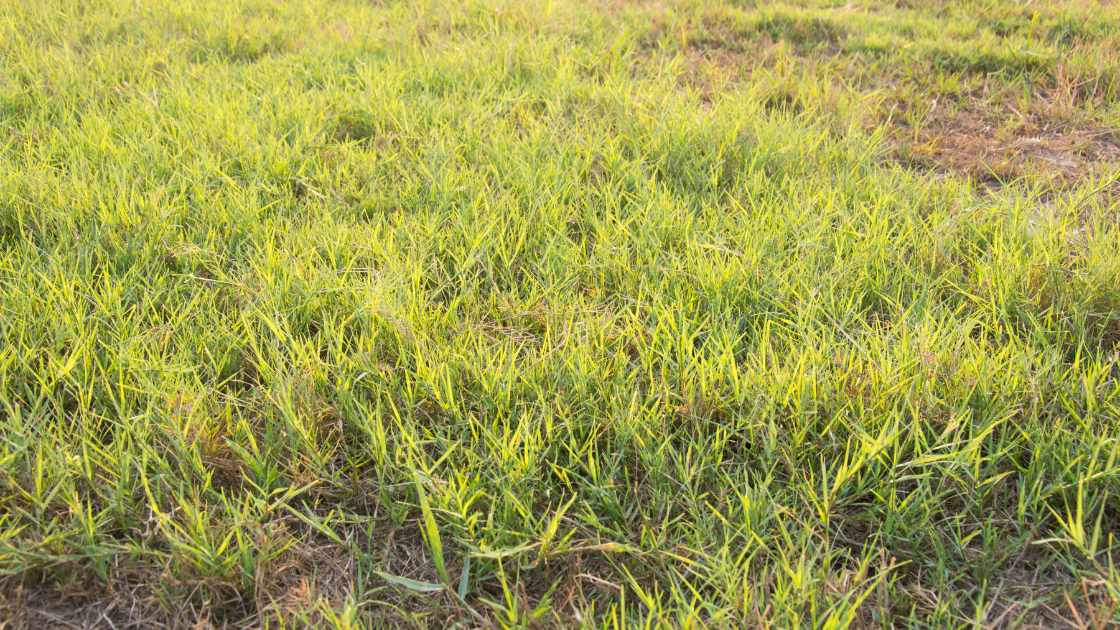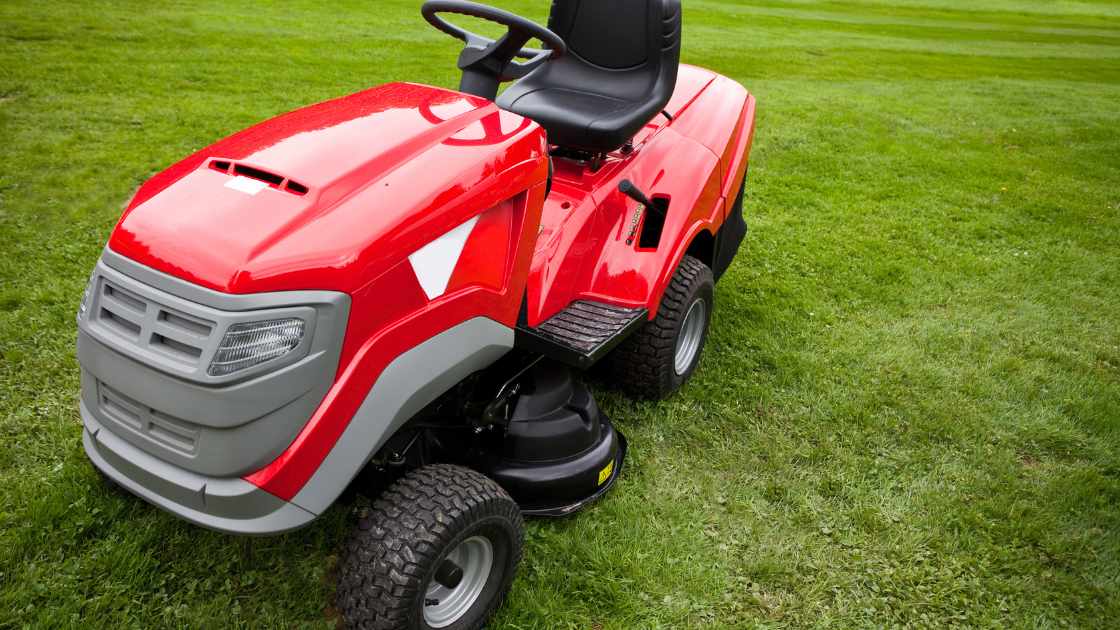Weeds can be relentless invaders, overtaking our gardens, lawns, and landscapes. When faced with a large area infested with weeds, the task may seem daunting. However, armed with the right knowledge and tools, you can successfully deweed even the most extensive spaces. In this article, we’ll guide you through the step-by-step process of conquering weeds in a large area, ensuring your surroundings are weed-free and flourishing once again.
Assess the Situation
Before diving into weed control, it’s essential to assess the situation and understand the scope of the problem. Take a walk around the area and identify the types of weeds present, their growth patterns, and the level of infestation. This assessment will help you determine the most effective strategies and tools needed for successful deweeding.
Plan and Prepare
To effectively tackle a large weedy area, it’s crucial to have a well-thought-out plan. Consider the following steps to prepare yourself for the task:
Gather the necessary tools:
Depending on the area size and weed types, you may need tools such as a garden hoe, shovel, rake, weed trimmer, herbicide sprayer, or a combination of these. Ensure your tools are in good condition and appropriate for the job.
Choose your approach:
Depending on your preferences and the severity of the weed infestation, you can opt for either manual or chemical weed control methods. Manual methods involve physically removing weeds, while chemical methods utilize herbicides. You may also choose a combination of both methods for optimal results.
Manual Weed Control
Manual weed control methods are labor-intensive but can be highly effective. Follow these steps to manually remove weeds from a large area:
Clear the area:
Remove any obstacles such as rocks, debris, or larger plants that may hinder your progress.
Start from the perimeter:
Work your way inward, starting at the edges of the area. Use a garden hoe or shovel to loosen the soil around the base of the weeds, making it easier to pull them out.
Pull or dig weeds:
Grasp each weed firmly at the base and pull gently but firmly to remove it, ensuring you also extract the roots. For more stubborn weeds, use a trowel or shovel to dig deeper and remove the entire plant.
Dispose of the weeds:
Collect the removed weeds and either compost them if they’re free of seeds or dispose of them in sealed bags to prevent reseeding.
Chemical Weed Control
When dealing with an extensive weed infestation, chemical herbicides can provide effective control. Here are some key considerations for chemical weed control:
Select the appropriate herbicide:
Choose an herbicide specifically formulated for the types of weeds you’re targeting and compatible with the surrounding vegetation. Read and follow the label instructions carefully.
Timing and application:
Apply herbicides during optimal weather conditions and when the weeds are actively growing. Use a sprayer to ensure even distribution, taking care to avoid overspray onto desirable plants.
Safety precautions:
Wear protective clothing, including gloves, goggles, and a mask, when handling and applying herbicides. Keep pets and children away from the treated area until the herbicide has dried or as instructed on the label.
Preventing Weed Recurrence
To maintain a weed-free large area in the long run, consider implementing preventive measures:
Mulching:
Apply a layer of organic mulch, such as wood chips or straw, to suppress weed growth by blocking sunlight and providing a physical barrier.
Regular maintenance:
Routinely inspect the area for new weed growth and promptly remove any emerging weeds before they have a chance to spread.
Proper watering and fertilization:
Ensure your desirable plants are healthy and vigorous, as they will naturally outcompete weeds for resources.
FAQs
What is the most effective method to deweed a large area manually?
The most effective method for manual weed control in a large area involves a systematic approach. Here’s what you can do:
Clear the area:
Remove any debris, rocks, or larger plants that may impede your progress.
Start from the perimeter:
Work your way inward, beginning at the edges of the area.
Loosen the soil:
Use a garden hoe or shovel to loosen the soil around the base of the weeds, making it easier to pull them out.
Pull or dig weeds:
Grasp each weed firmly at the base and pull gently but firmly to remove it, ensuring you also extract the roots. For stubborn weeds, use a trowel or shovel to dig deeper and remove the entire plant.
Dispose of the weeds:
Collect the removed weeds and either compost them if they are seed-free or dispose of them in sealed bags to prevent reseeding.
Can herbicides effectively deweed a large area, and how should they be applied?
Yes, herbicides can be effective in deweeding large areas. Follow these guidelines for using herbicides:
Select the appropriate herbicide:
Choose an herbicide specifically formulated for the types of weeds you’re targeting and compatible with the surrounding vegetation. Read and follow the label instructions carefully.
Timing and application:
Apply herbicides during optimal weather conditions and when the weeds are actively growing. Use a sprayer to ensure even distribution, taking care to avoid overspray onto desirable plants.
Safety precautions:
Wear protective clothing, including gloves, goggles, and a mask, when handling and applying herbicides. Keep pets and children away from the treated area until the herbicide has dried or as instructed on the label.
How can I prevent weed recurrence in a large area?
Preventing weed recurrence is essential for maintaining a weed-free large area. Here are some preventive measures to consider:
Mulching:
Apply a layer of organic mulch, such as wood chips or straw, to suppress weed growth by blocking sunlight and providing a physical barrier.
Regular maintenance:
Routinely inspect the area for new weed growth and promptly remove any emerging weeds before they have a chance to spread.
Proper watering and fertilization:
Ensure your desirable plants are healthy and vigorous, as they will naturally outcompete weeds for resources.
Consider landscape fabric:
In areas where you want to prevent weed growth entirely, you can use landscape fabric under mulch or gravel to further suppress weeds.
Prevent seed dispersal:
Be diligent about removing seed heads from existing weeds before they have a chance to spread and take preventive measures to avoid introducing new weed seeds to the area.
Conclusion
Deweeding a large area may require time, effort, and a systematic approach, but it’s a task that can be conquered with the right strategies. By assessing the situation, planning accordingly, and implementing effective manual or chemical control methods, you can restore your large space to its former glory. Remember to prioritize ongoing maintenance and preventive measures to keep weeds at bay and enjoy a thriving, weed-free environment.




